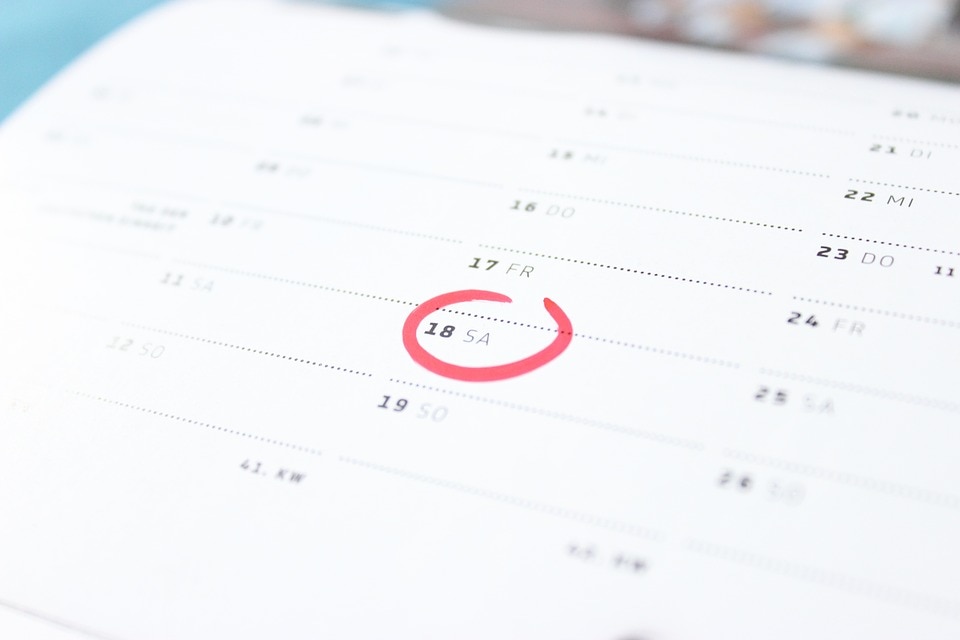When it comes to the daily business routine, getting paid for a job-well-done should be the least of your worries. Unfortunately, however, you can spend hours following best practices and sending out the perfect invoice, but there’s still a chance you’ll come across clients who forget or, worse, outright refuse to pay. The balancing act can feel like a tightrope walk: You balance the need to be paid against the fear that you will irritate your client or damage your relationships.
That’s why it’s so important to have a plan in place when following up on a late payment. In truth, your client may have simply forgotten about your bill, so you need to approach the situation with care while also attempting to “re-train” your client’s behavior. In the end, you may also have to re-train yourself to ensure your invoicing techniques get the job done.
While every situation is unique, here’s a basic timeline to help you follow up when a client is late in paying an invoice. (NOTE: This example is for an agreement to get paid on the 1st and 15th of each month.)
Day 15: Polite Reminder
Over two weeks has passed since your invoice was sent, and the client still hasn’t paid you. It’s time to send a polite reminder.
Follow-up action : Since you would be paid again on the 15th of the month, per your agreement, it’s a good time to send an additional invoice that includes the outstanding amount from the first of the month. If you only send one invoice a month, this is a good time to send a polite reminder email that kindly asks if they have received your invoice.
In either case, hopefully you have included in your invoices and contracts that you charge late fees of between 1% and 2%, so this is the time to go ahead and add those extra charges on the new invoice.
Day 30: Personal Contact
Now a month has passed, and you have still received no payments for your invoice from the 1st or the 15th.
Follow-up action : While another letter may work in some cases, we rely too much on written communication (i.e. emails) in business environments. So at this point, it’s probably best for you to make a phone call or, if possible, schedule a in-person meeting with the client to find out what’s causing the delay.
This call is where you can ask your client directly if they have received the invoice and if there is anything that can be done to expedite your payment. It’s also a good time to ask for a specific date that the payment will be made, emphasizing the completion of your part of the agreement in the form of services rendered or goods sold.
Day 32 – 45: Persistent Follow Up
With every day that goes by, the fact that you still haven’t been paid begins to really get under your skin. You can feel the resentment building and the relationship going south. Don’t waste too much time checking your email or chasing down the mailman. Instead, it’s time to get persistent.
Follow-up action : Give it a day or two after the 30-day follow-up before you start calling and emailing daily (especially if this is a considerable bill). Be sure to periodically send a new invoice for every 15 to 30 days that have passed, and be sure to include additional fees and an updated amount that shows the number of days the payment is late.
Be sure to keep the contact calm and professional no matter how angry you feel. This should go without saying, but you should deny any more project work until the payment has been made. And always make sure you keep all correspondence, notes or recordings.






